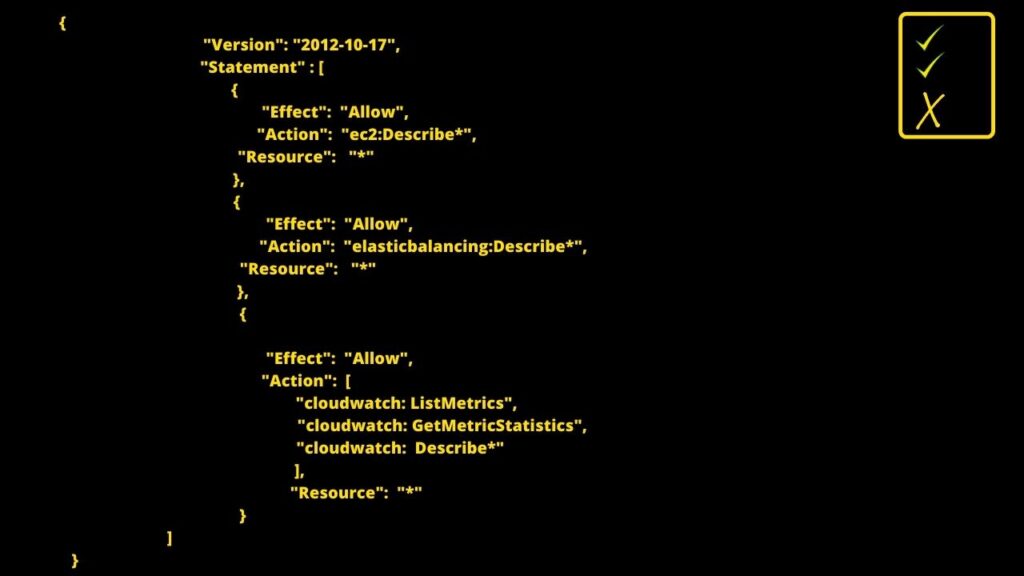1) IAM Introduction: Users, Groups, Policies – AWS Certified Solutions Architect Associate Course SAA-C02 – IAM & AWS CLI– Welcome to the first deep dive on AWS Service, The first one is called IAM.
- So IAM Stands for identity access management.
- It is a global service because
- in IAM we are going to create our users and assign them to group.
- So we’ve already used IAM without knowing,
- when we created an account, we created a root accounts,
- and has been created by default.
- This is the root user of our accounts.
- and the only things you should use it for is
- to set up your account as we’ll do it right now.
- But then you shouldn’t use that account anymore.
- or even share it.
- what you should be doing instead, is create users.
- So you will create users in IAM.
- and one user represents one person within your organization.
- and the users can be grouped together if it makes sense.
So let’s take an example we have an organization with six people.

- You have Alice, Bob, Charles, David, Edward and Fred.
- So all these people are in your organization.
- Now Alice, Bob and Charles they work together.
- They’re all developers.
- So we’re going to create a group called
- the group developers who regrouping Alice, Bob And Charles.

- And it turns out that David and Edward also work together.
- So we’re going to create an operations group.
- now we have two groups within IAM.
- Now groups can only contain users, not other groups.
- So this is something very important to understand.
- Groups only contain users.
- Now, some users don’t have to belong to a group.
- For example, Fred right here is alone,
- he does not correspond to any group.
- That is not best practice.
- But it is something you can do in AWS.
- And also, a user can belong to multiple groups.
- That means that for example, if you know that Charles and David worked together,
- and they’re part of your audit team,
- you can create a third group with Charles and David.
- And as you can see, now, in this example,
- Charles and David are part of two different groups.

So this is the possible configurations for IAM.
- So why do we create users and why do we create groups?
- Well, because we want to allow them to use our AWS Accounts.
- and to allow them to do so,
- we have to give them permissions.
- So users or groups can be assigned what’s called a JSON document.
- I’ll show you right now what it means called a policy.
- an IAM Policy.
- So it looks just like this.

- So you dont have to be a programmer.
- This is not programming.
- This is just describing in, I think plain English,
- what a user is allowed to do or what a group and all the user within that group are allowed to do.
- So in this example, we can see that we allow people
- to use the EC2 service and do describe on it,
- to use the elastic load balancing service.
- and to describe on it.
- and to use CloudWatch.
- Now we’ll see what EC2, elastic load balancing and CloudWatch mean, but through this JSON document, that looks just like this.
- we are allowing our users to use some services in AWS.
- so these policies will help us define permissions of our users.
- So in AWS, you dont allow everyone to do everything.
- that would be catastrophic,
- because a new user could basically launch so many services.
- and they will cost you alot of money.
- or would be valid for security.
- So in AWS, you apply a principle called the least privilege principle.
- So you dont give more permissions than a user needs.
- Okay, so if a user just needs access to three services,
- just create a permission for that user.
- So now we have seen an overview IAM.
- Lets go in the next lecture to practice creating users and groups.


Thank you for your sharing. I am worried that I lack creative ideas. It is your article that makes me full of hope. Thank you. But, I have a question, can you help me?